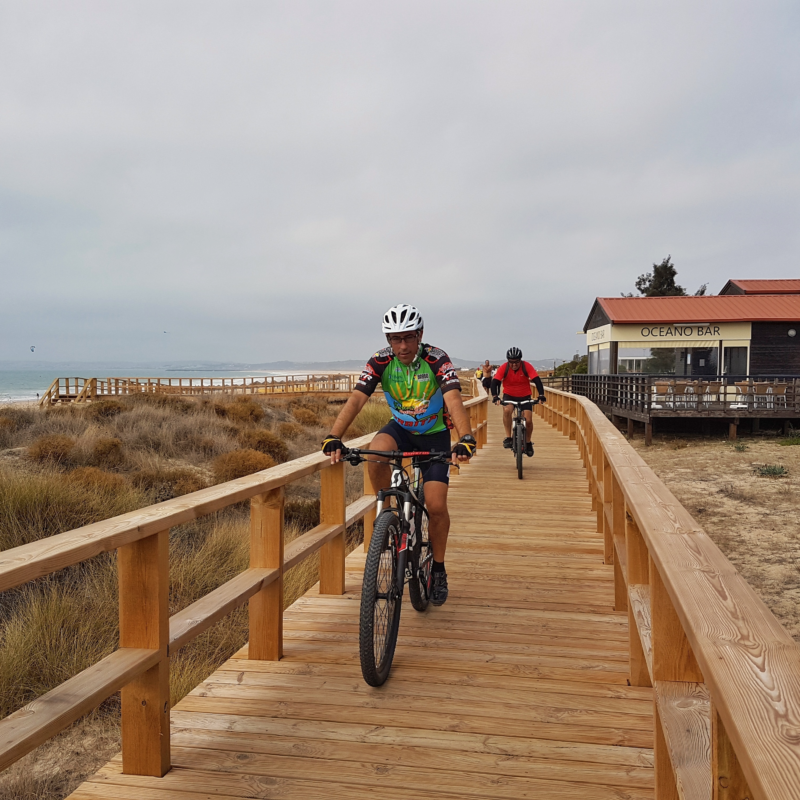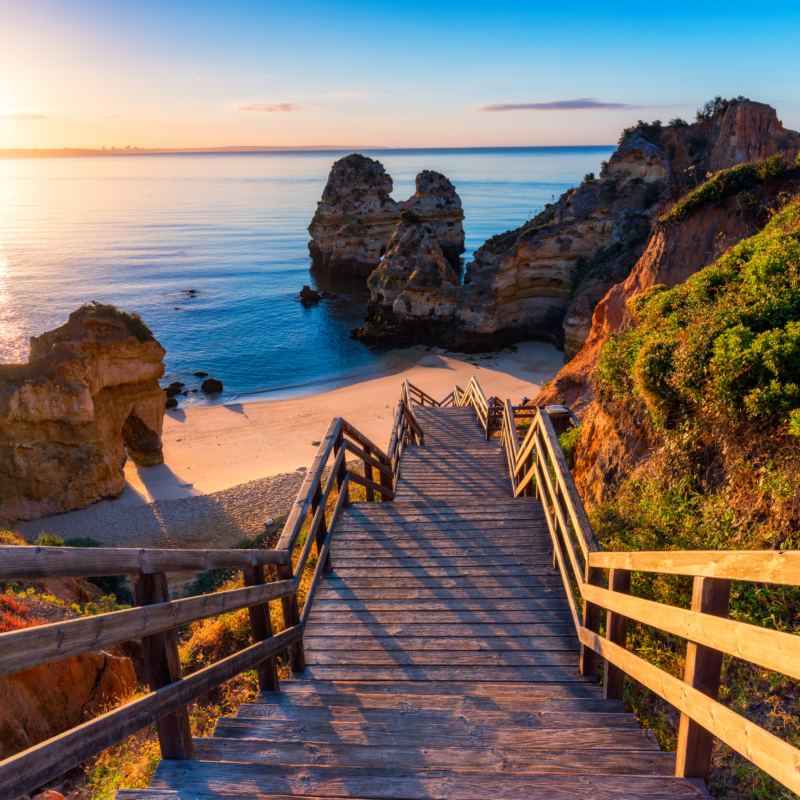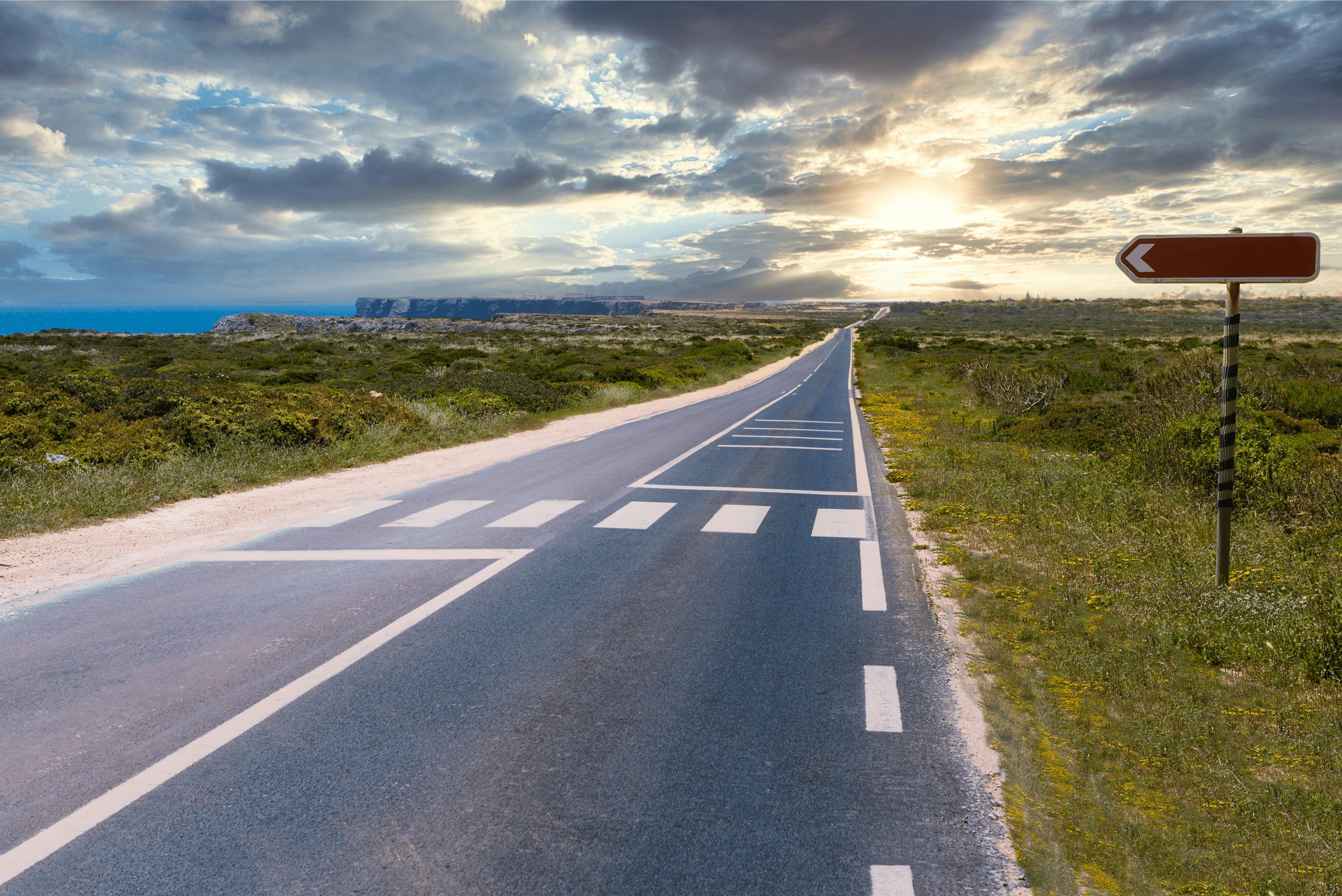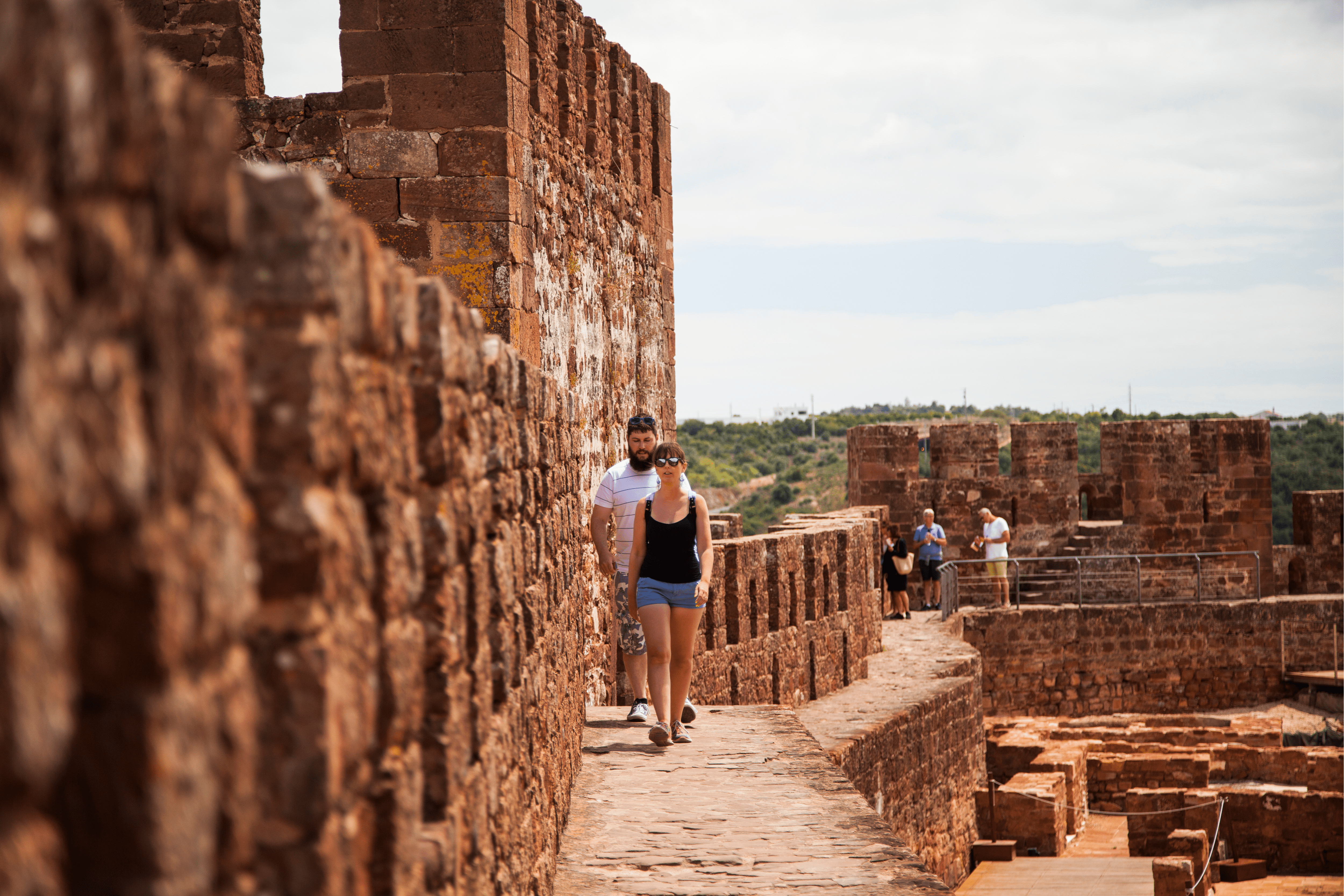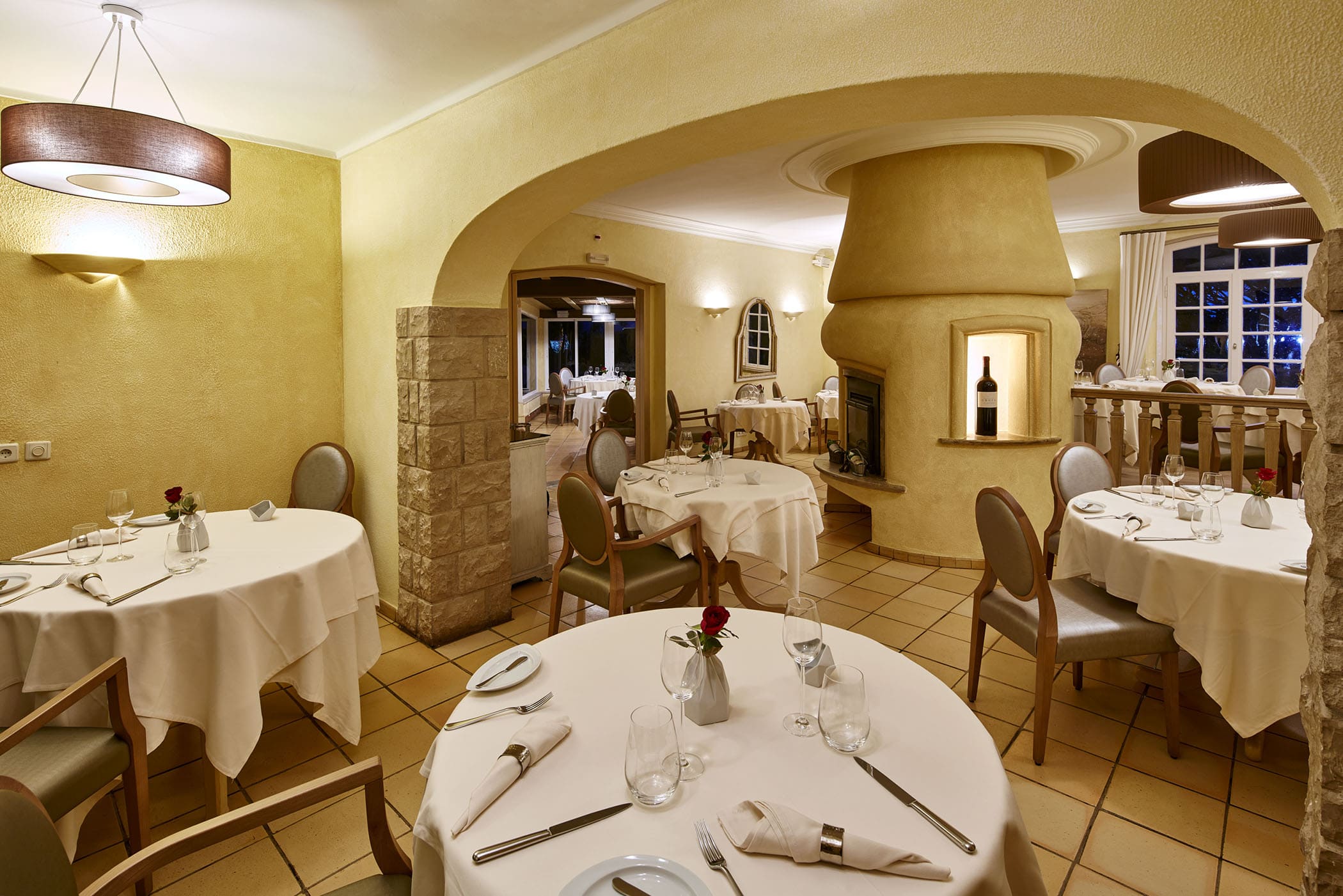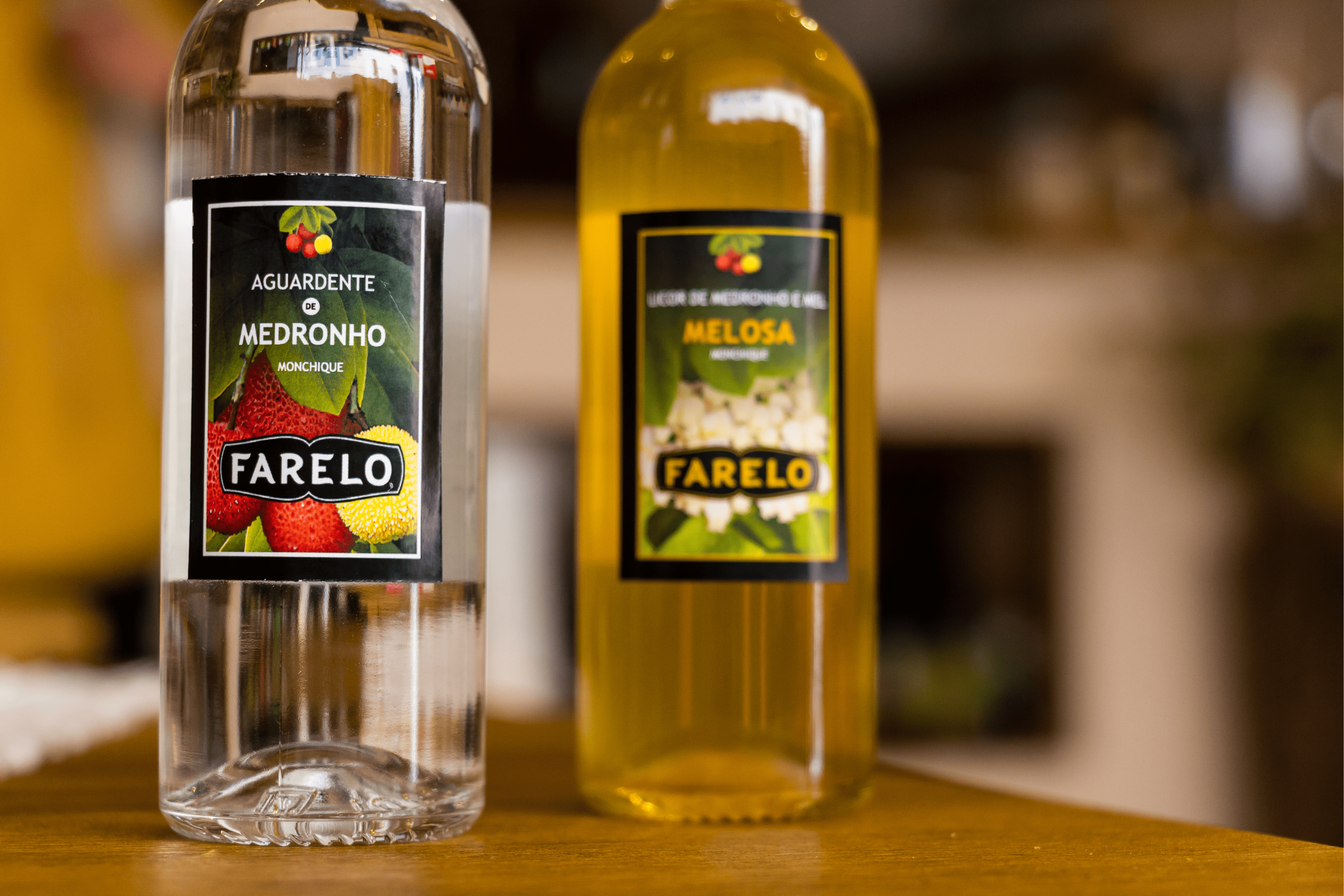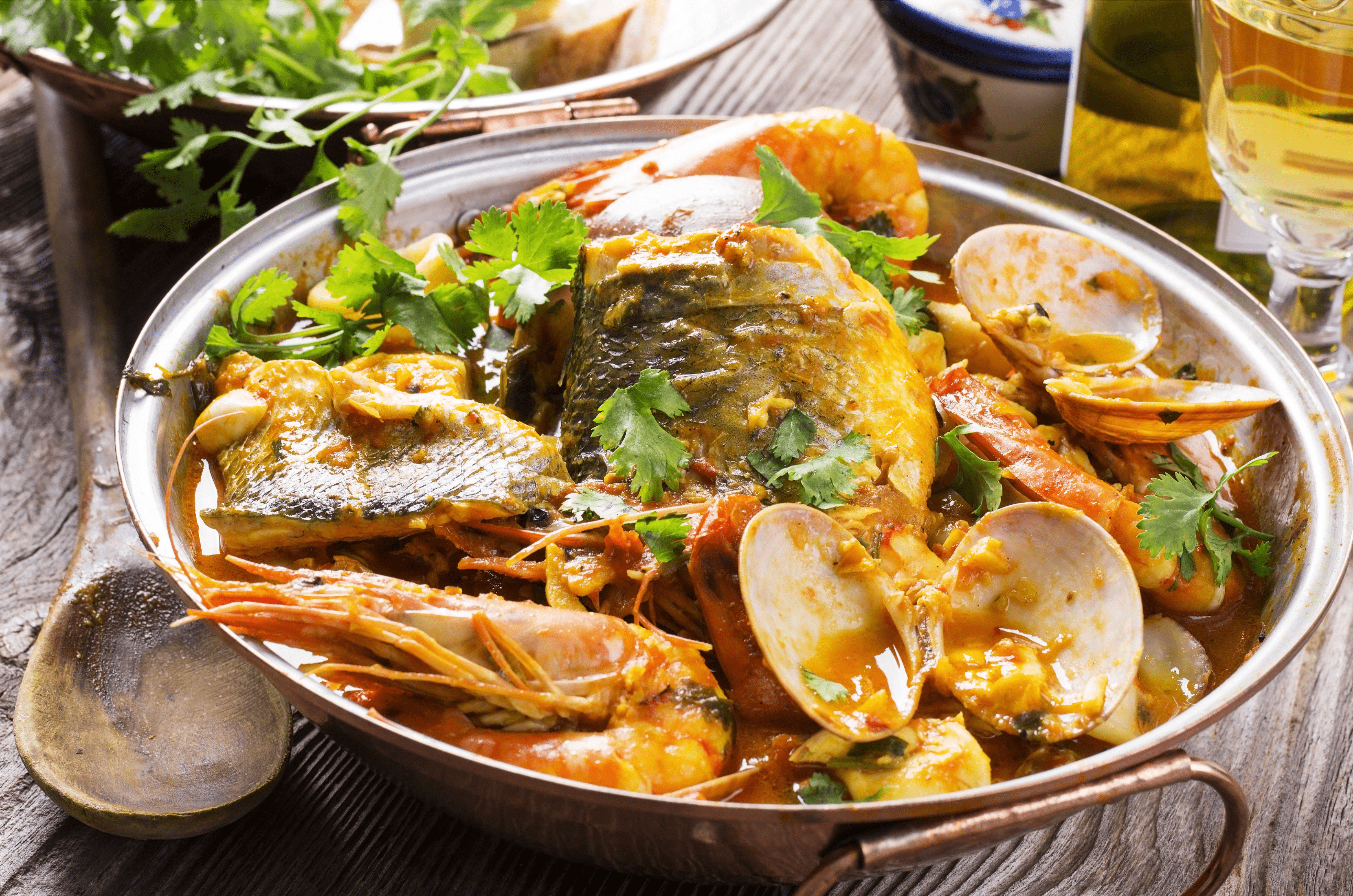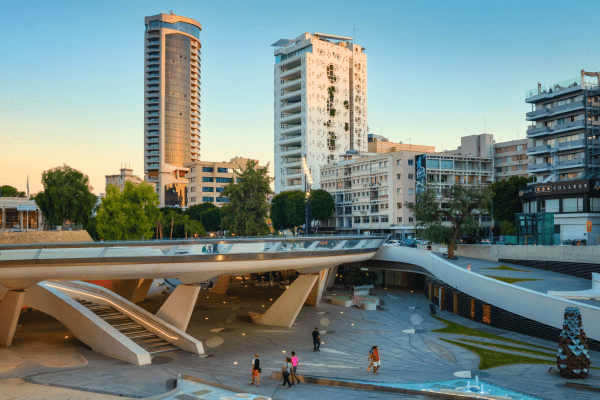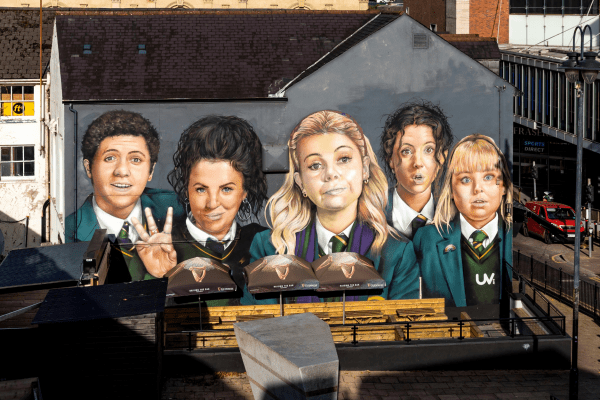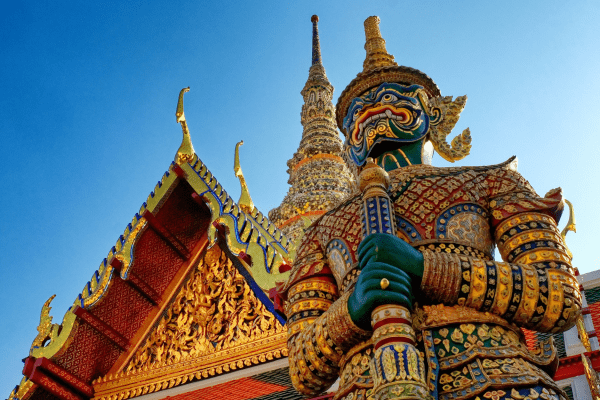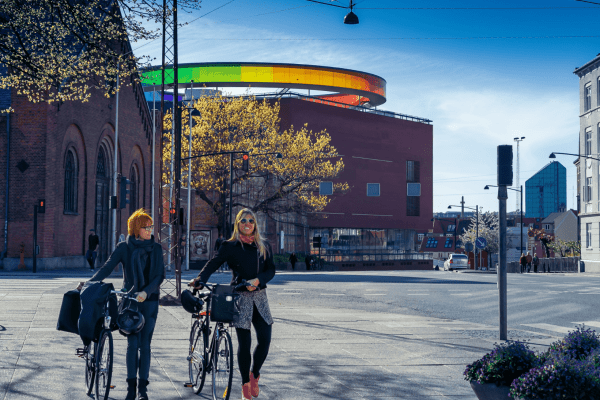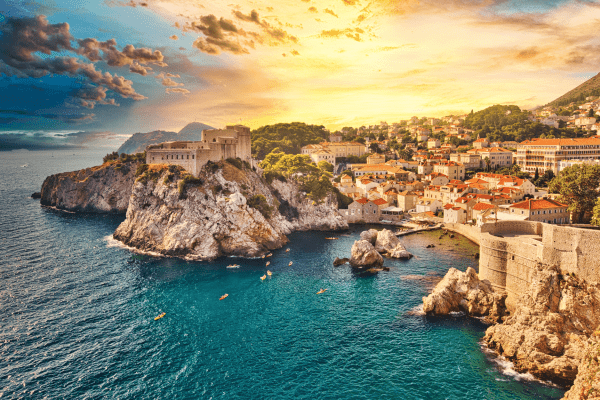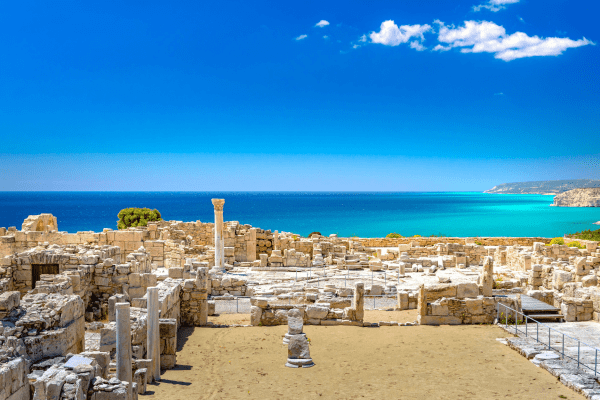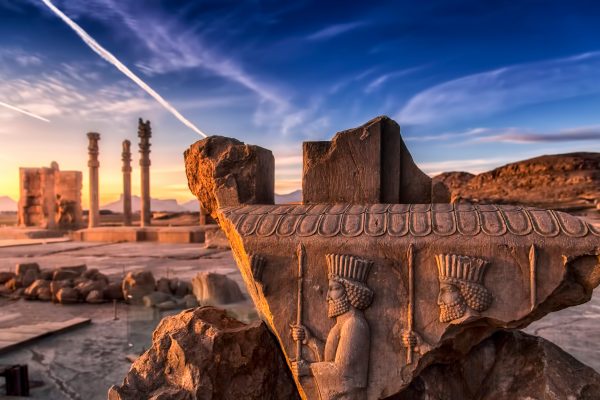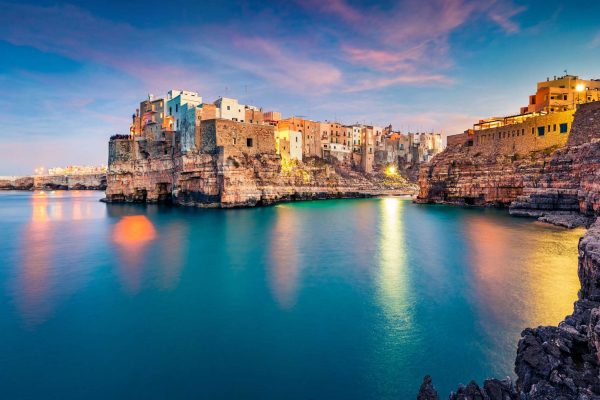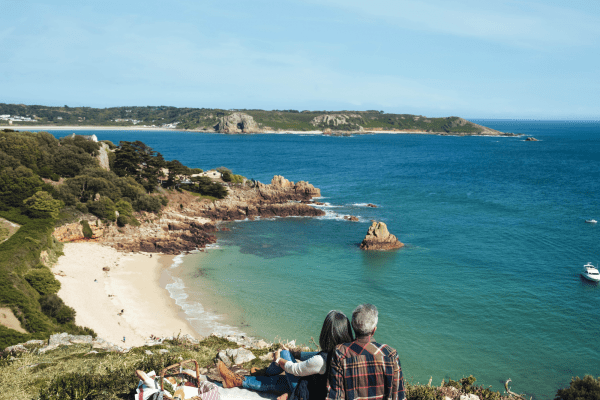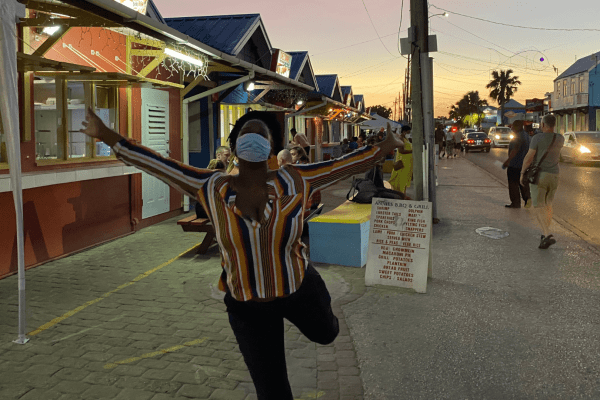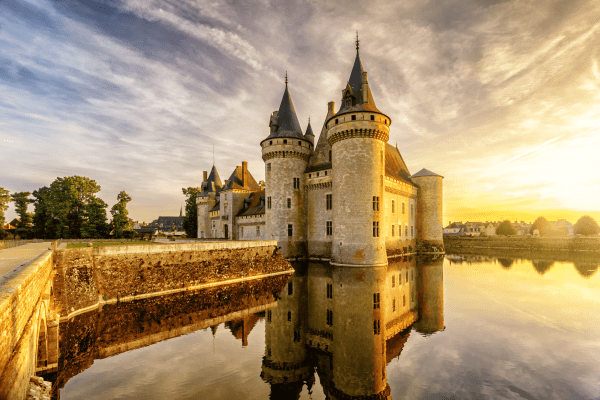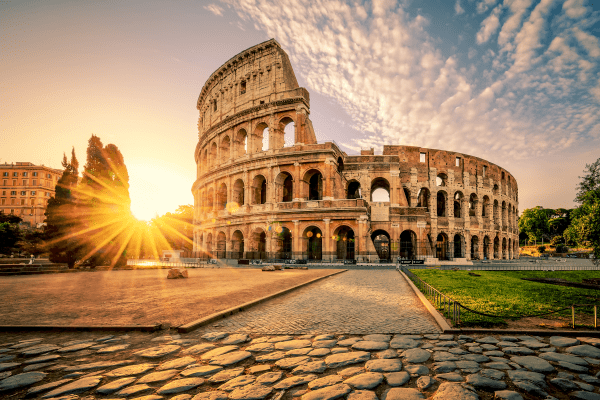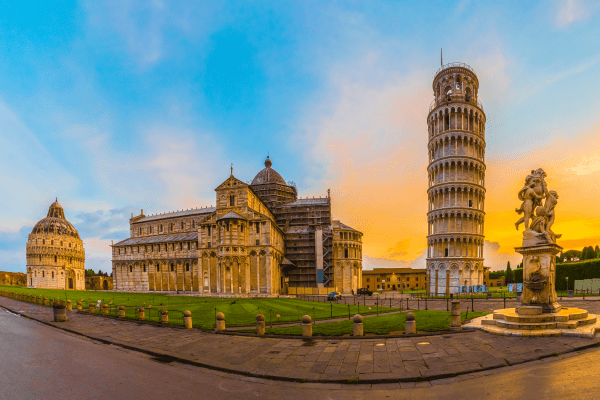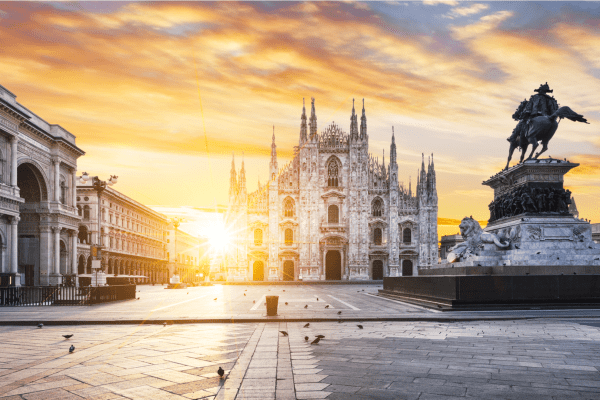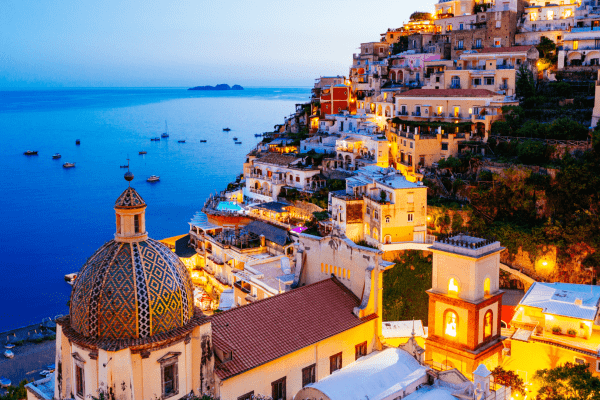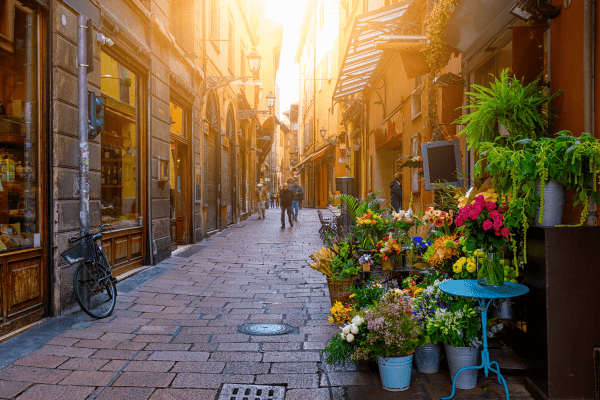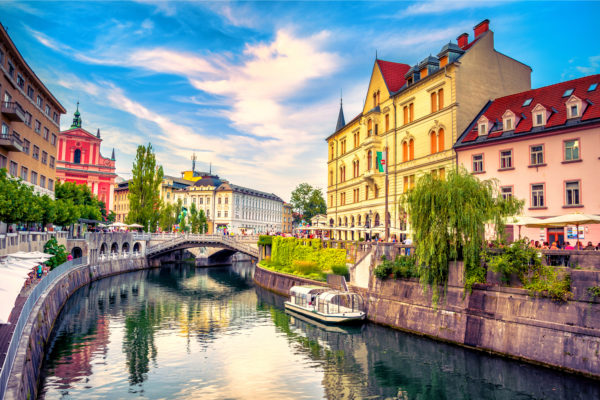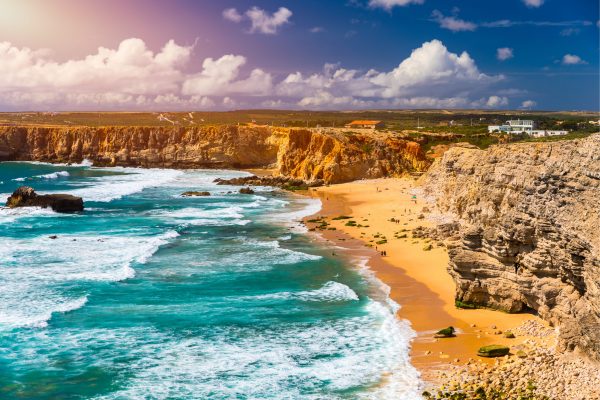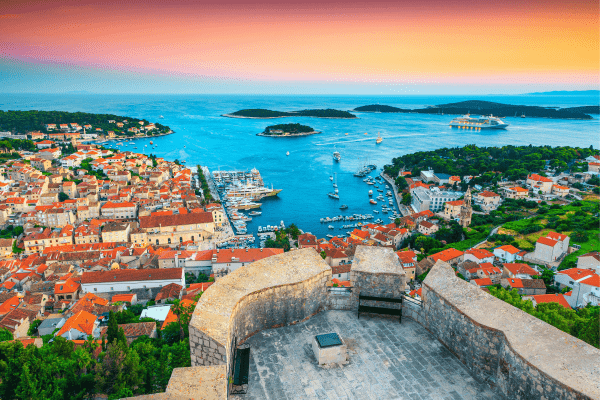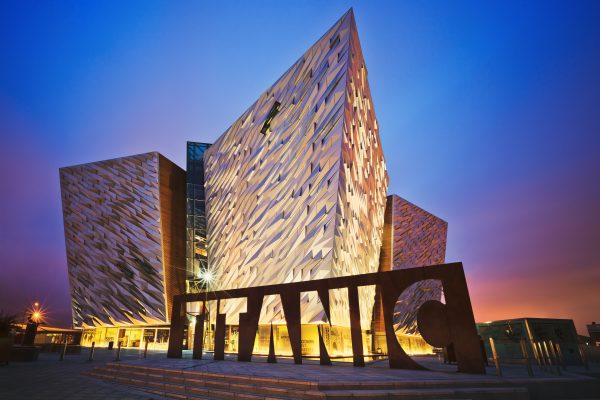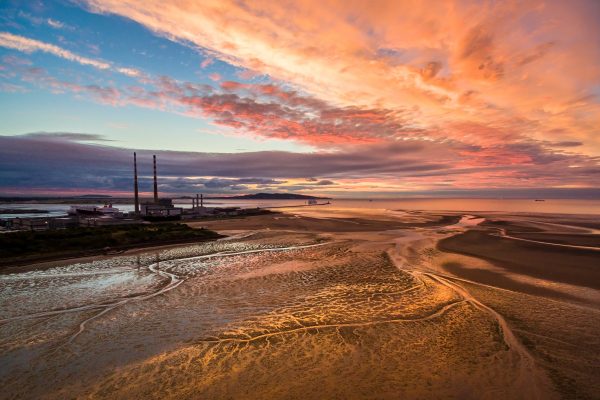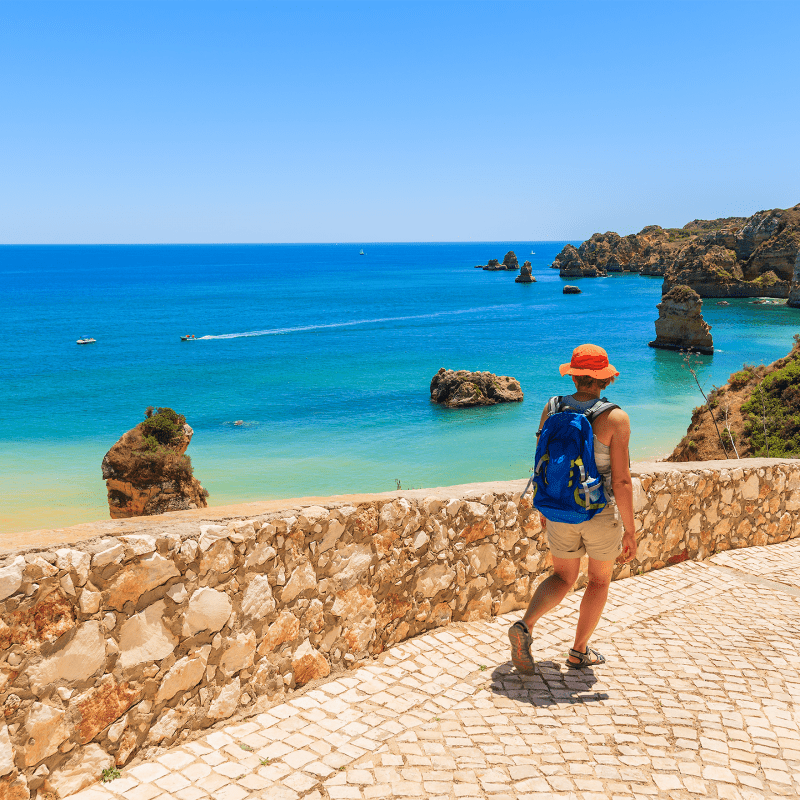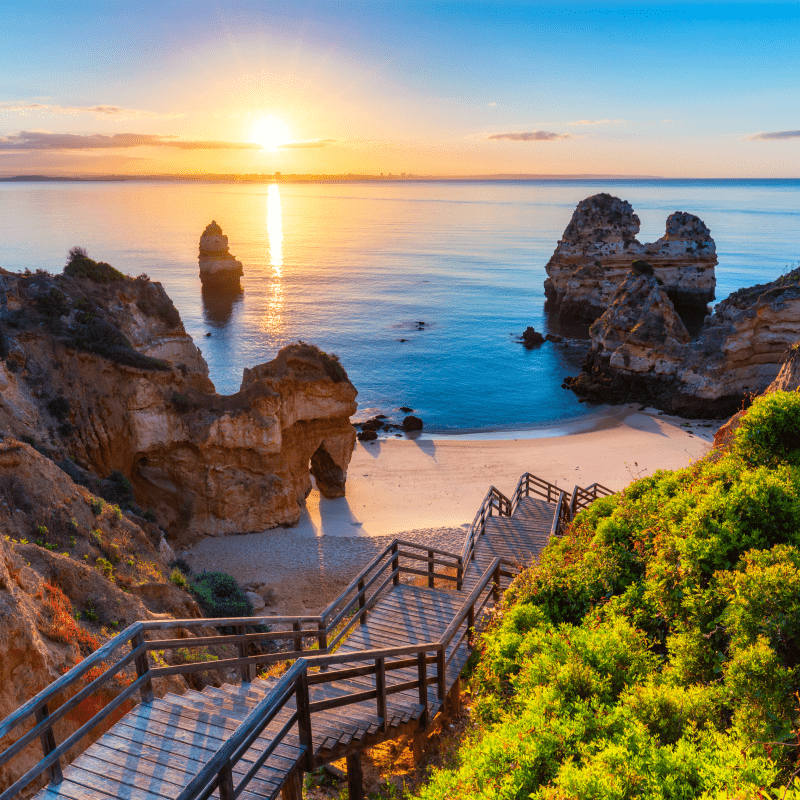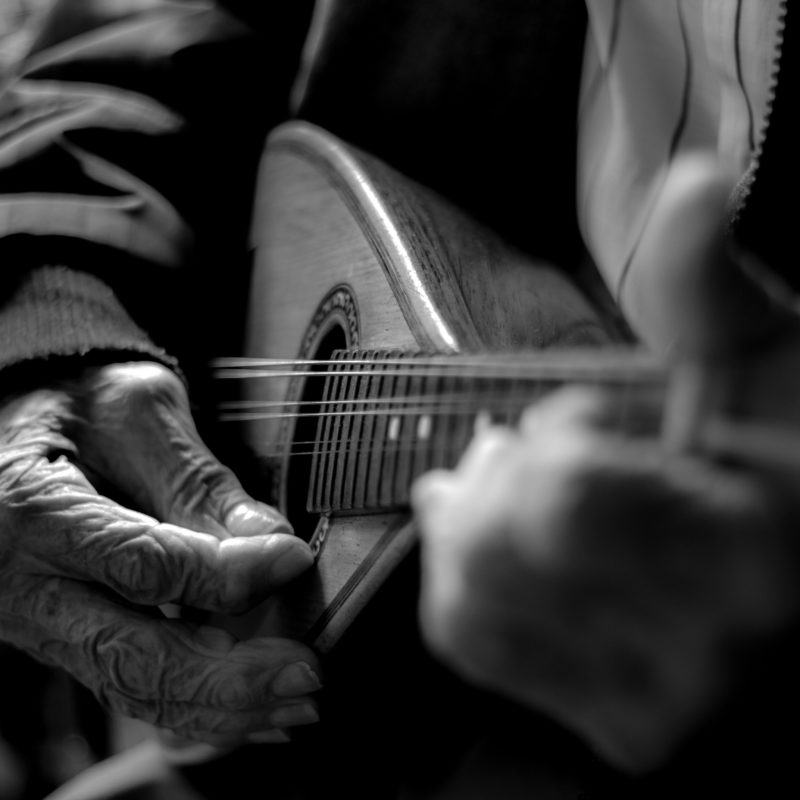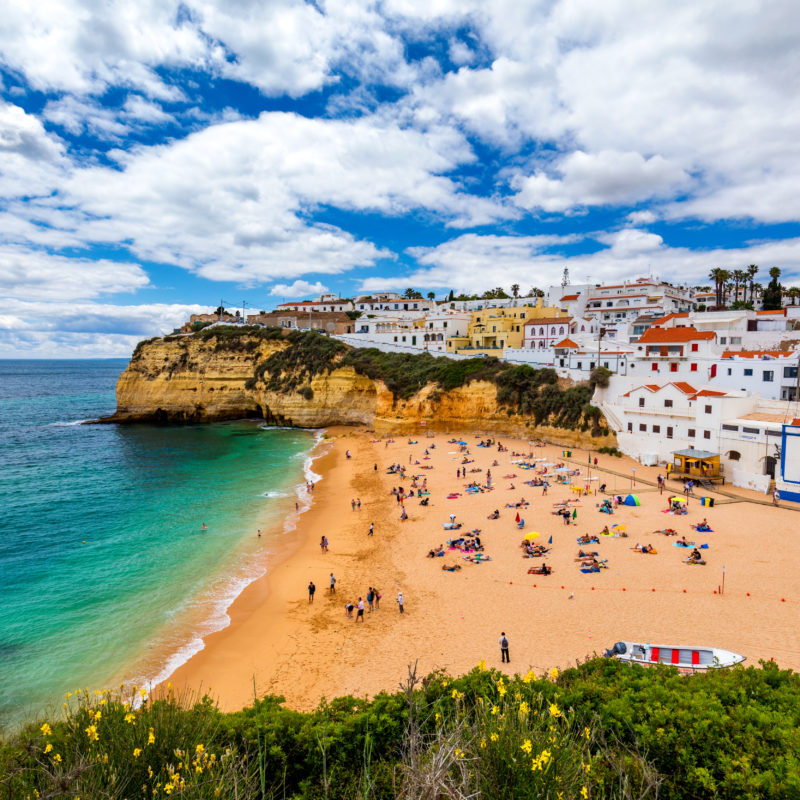Crowded beaches of summer sun worshippers, feasting on fresh fish and partying late into the warm evenings are doubtless a massive boon to the Algarvian economy. Although it might not be everyone’s cup of tea, the tourism industry contributed almost €36 billion in 2019, a staggering 20% of Portuguese GDP. With easy access from Faro’s International airport and a well-established tourist infrastructure, it’s hardly surprising that holidaymakers choose the Algarve’s beautiful 200km coastline for their peak season family getaway. By mid-September however, the vibe begins to relax, seasonal staff start to return to their village homes and during the low season November to March, the area reverts to a more authentic version of itself. These mild winter months in fact offer an ideal chance to escape the grey sky days of northern Europe, engage with the locals, reconnect with nature or play a round of golf. For the low season Algarvian traveller, gone is the scorching heat, the busy bars, the crammed sands. Now it is your time to kick back, explore at your own pace, and linger of a long long lunch of wholesome southern Portuguese cuisine washed down with a bottle of delicious local wine.
88 Blue Flag Beaches
Unless you take a wet suit, the water might be a little cool for dip, but that doesn’t mean the low season traveller can’t enjoy the Algarve’s stunning coastline. Explore the area, checking out secret coves, phenomenal rock formations and age-old blowholes, or just stroll on crowd free stretches of golden sand. The south facing beaches tend to be calmer while the western coast is wilder and more dramatically rocky. Marinha Beach, Manta Rota and Praia do Ancão are good choices but take a car and find your own favourite. Better still, hire a boat from the marina at Portimão and approach by sea.
Hiking and Cycling
Not something you want to do in the summer heat, low season is a fantastic time to discover the diverse trails that weave through the pristine nature of the region. Take in birding hotspots, wildlife reserves and beautiful views, as well as cultural heritage sites. Key routes include the magnificent Via Algarviana, a long-distance path running the length of the Algarve to the western tip at Cape St. Vincent; and the Vicentina route which covers north to south from the Alentejo region to Sagres.
Cyclists should check out the Ecovia, comprising five stretches of already-existing cycle routes, country trails and low traffic roads. 3, 5 or 7 day guided and self-guided itineraries including plans, accommodation and food options are available from tour operators.
Going Inland
Doubtlessly the ocean is an integral part of Algarve life, but many don’t realise there is so much more to discover. Just a short distance inland, you’ll find a rural landscape, old villages with narrow winding streets, and charming market towns where people live in harmony with the seasons, speak limited English and embrace a traditional culture rich in local crafts, music and dance. Moorish influence is clear in the ceramics and architecture from the pretty little azulejo glazed tiles to the impressive battlements of the forts at Silves, Paderne, Tavira and Aljezur. Roman ruins dot the landscape and are still very much in evidence, for example, at the thermal spa waters of Caldas de Monchique. Catholicism is embraced as a central part of village life, where attendance at the local whitewashed medieval church is customary.

